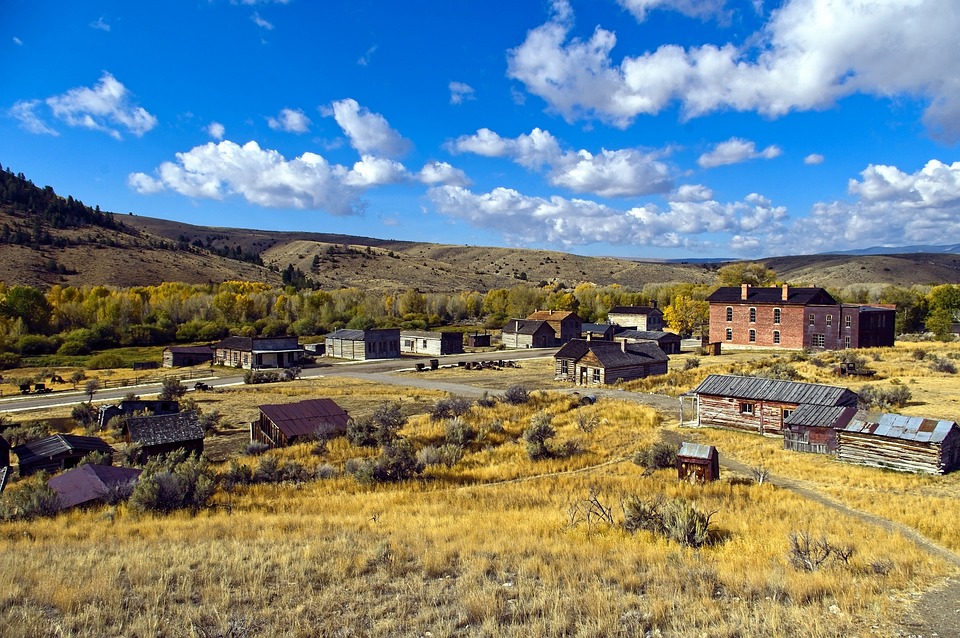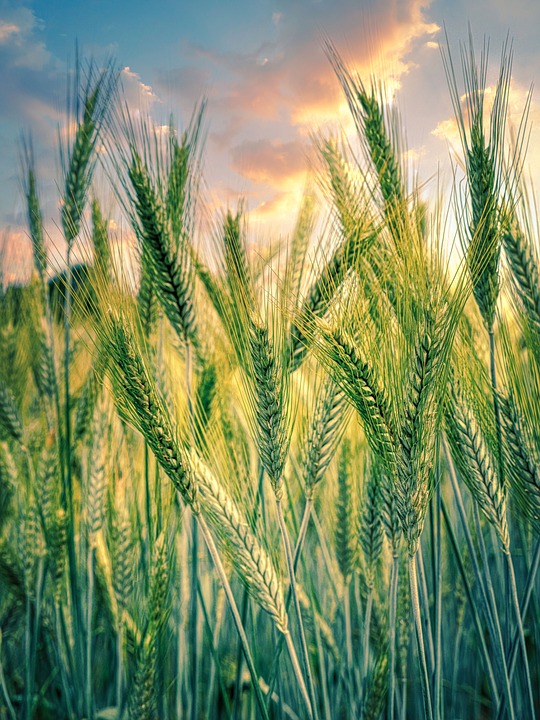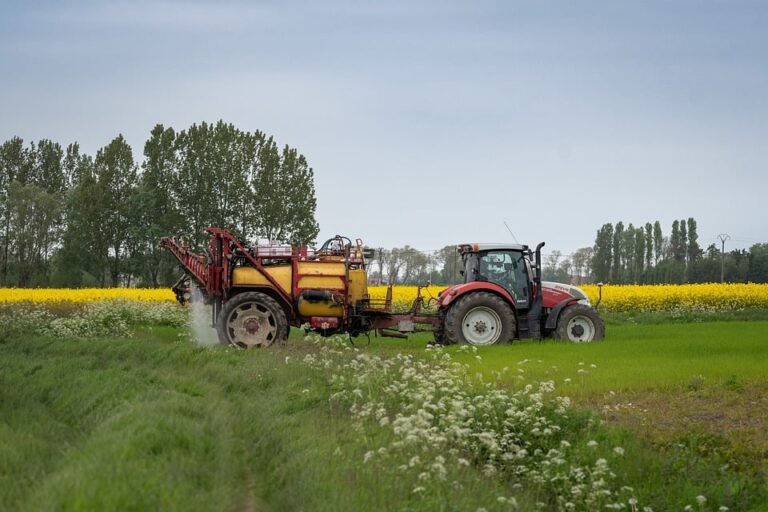The Origins of Rekshino Music and Dance
Rekshino music and dance have a rich and diverse history that dates back centuries. Originating from the Rekshino people of West Africa, these art forms have been passed down through generations and continue to be an important part of the cultural heritage of the region. The music and dance of the Rekshino people are closely intertwined, with each one influencing the other in a symbiotic relationship.
Traditional Rekshino Music
Traditional Rekshino music is characterized by its use of drums, percussion instruments, and vocal harmony. The music is usually performed in groups, with each musician playing a specific role in creating a complex and intricate sound. Drums are the backbone of Rekshino music, providing a steady beat that drives the rhythm of the performance. Percussion instruments such as bells and shakers are also commonly used to add texture and depth to the music.
Vocal harmony is another key element of traditional Rekshino music, with singers often harmonizing in complex patterns that create a rich and dynamic sound. The lyrics of Rekshino songs are often poetic and metaphorical, with themes ranging from love and loss to nature and spirituality. These songs are passed down through oral tradition, with each generation adding their own unique twist to the music.
Evolution of Rekshino Music
Over the years, Rekshino music has evolved and adapted to reflect the changing times. In the modern era, traditional instruments such as drums and percussion are still used, but they are often accompanied by electronic instruments and synthesizers to create a more contemporary sound. The influence of Western music genres such as jazz, hip-hop, and reggae can also be heard in modern Rekshino music, adding new elements and flavors to the traditional style.
Despite these changes, the core elements of Rekshino music remain intact, with a focus on rhythm, harmony, and storytelling. Modern Rekshino musicians continue to draw inspiration from their cultural roots, infusing their music with traditional melodies and rhythms that have been passed down through generations. This fusion of old and new has created a vibrant and dynamic music scene that continues to evolve and grow.
The Art of Rekshino Dance
In addition to music, dance is an important part of Rekshino culture. Traditional Rekshino dance is characterized by its energetic and rhythmic movements, often performed in groups to the beat of drums and percussion instruments. The dancers wear colorful costumes and accessories, adding to the visual spectacle of the performance.
Traditional Rekshino Dance
Traditional Rekshino dance is a communal activity, with dancers moving in unison to create a synchronized and vibrant display of movement. The dance movements are often inspired by nature, with dancers mimicking the movements of animals, plants, and natural elements. These dances are often performed at special events and ceremonies, such as weddings, festivals, and religious rituals.
The costumes worn by Rekshino dancers are elaborate and decorative, with bright colors and intricate designs that reflect the cultural heritage of the region. Traditional accessories such as beads, shells, and feathers are often worn by dancers to add to the visual impact of the performance.
Evolution of Rekshino Dance
Like Rekshino music, Rekshino dance has also evolved over time to reflect the changing cultural landscape of the region. Modern Rekshino dance incorporates elements of contemporary dance styles such as ballet, modern, and hip-hop, creating a fusion of traditional and modern movements that is both dynamic and expressive.
While the core elements of traditional Rekshino dance remain intact, modern dancers are constantly pushing the boundaries and exploring new ways to express themselves through movement. The incorporation of new choreographic techniques and styles has helped to keep Rekshino dance relevant and exciting for a new generation of performers and audiences.
In conclusion, the evolution of Rekshino music and dance is a testament to the resilience and adaptability of the Rekshino people and their cultural traditions. By blending the old with the new, traditional with modern, Rekshino artists continue to create music and dance that is both rooted in tradition and innovative in its approach. The future of Rekshino music and dance looks bright, with new generations of artists carrying on the legacy of their ancestors while also forging new paths and pushing the boundaries of what is possible.





